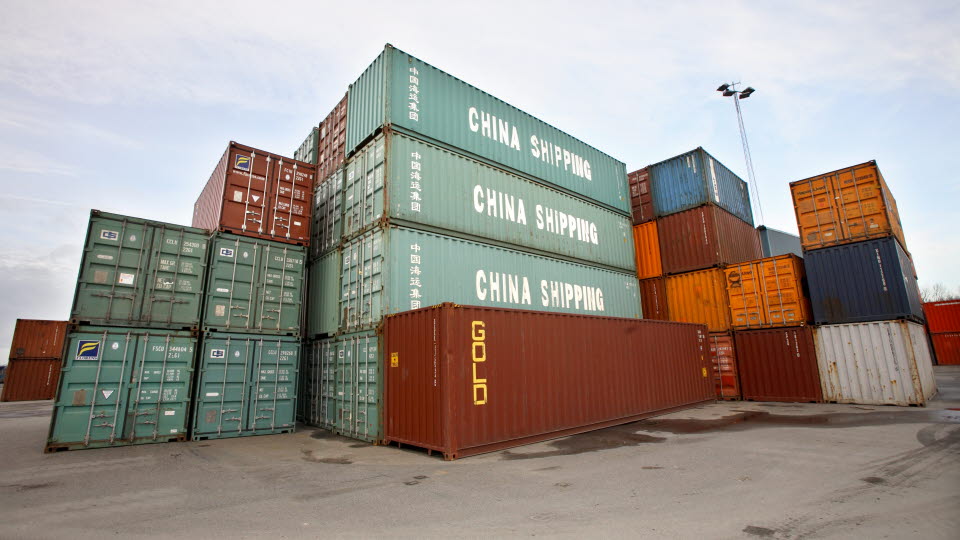Circular economy and competitive logistics systems

The concept of circular economy includes reuse and recycling as well as a reduced need for goods through shared resources.
Increased circularity is intended to result in a reduced consumption of newly produced goods, which should mean a reduced scope of transport to the retail sector and an increased scope of transport linked to the circular flows.
One of the many challenges associated with the circular economy is to make the equation work, as products and materials sold in a circular system often have a lower price than newly produced products and virgin raw materials, while it is costly to collect, handle and process end-of-life or used products and materials. It is therefore important to keep costs in the supply chain down as well as to create the conditions for an outlet market, in which case logistics is of central importance.
The aim of the specialisation Circular Economy and Competitive Logistics Systems is to develop and evaluate logistics solutions that enable increased circularity, but also to increase the understanding of how a transition to a circular economy affects the demand for freight transport and thus the freight transport system.
